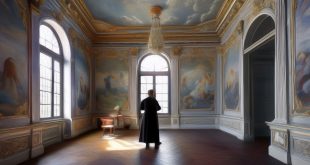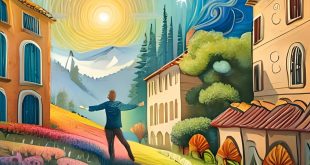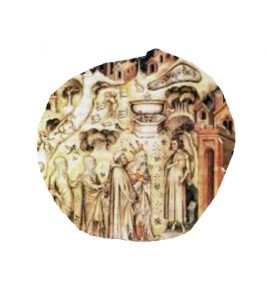 When a pandemic changes the musical landscape
When a pandemic changes the musical landscape
In the motets of a courteous setting, he masterfully used a compositional practice based on the elaboration of the melodic and rhythmic component. Before dying in Reims in 1377, the city where he was born around 1300, a musician and poet Guillaume de Machault, in the service of the King of Bohemia John of Luxembourg, followed him on his numerous travels around Europe, joining the figure of the poet and that of the composer of music https://www.youtube.com/watch?v=POxLCnG7l50&list=PLn4Qg2sVKTZlSLBIePJRzR4sx-tXNw4hn.
One of the first current musical exponents of Ars Nova. About Jacopo da Bologna, who worked at the court of the Visconti of Milan and of the Scaligeri of Verona, we have certain information in the years between 1340 and 1360. Virtuoso of the harp, and known for the sweetness of melodies https://www.youtube.com/watch?v=fv_YxMMSYg8, his most famous madrigal it is Fenice, from 1360. In addition to musical compositions, he wrote a musical treatise, kept at the Laurentian Library in Florence.
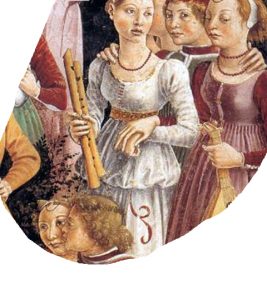 A famous collection of musical works of the fourteenth century, the Squarcialupi Code, contains as many as 28 of his compositions. The only known composition based on a text by Petrarch is instead one of his madrigals from 1350: “Not to his lover”. A contemporary of Gherardello da Firenze and Giovanni da Firenze, Jacopo da Bologna is famous not only for his madrigals, but also for hunting https://www.youtube.com/watch?v=wqp38H5F1GI&list=OLAK5uy_kfX7jYGE9WXH3Am_-pU7qBBNRI4Oi2Lrc.
A famous collection of musical works of the fourteenth century, the Squarcialupi Code, contains as many as 28 of his compositions. The only known composition based on a text by Petrarch is instead one of his madrigals from 1350: “Not to his lover”. A contemporary of Gherardello da Firenze and Giovanni da Firenze, Jacopo da Bologna is famous not only for his madrigals, but also for hunting https://www.youtube.com/watch?v=wqp38H5F1GI&list=OLAK5uy_kfX7jYGE9WXH3Am_-pU7qBBNRI4Oi2Lrc.
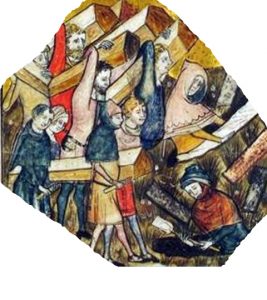 When you listen to the polyphonic songs of Ars Nova, you cannot fail to notice that they gravitate around the themes of courtly poetry, not associating them with the Black Plague that plagued Europe around the middle of the fourteenth century. The poet musician of the French Ars Nova Machaut https://www.youtube.com/watch?v=dcfPr4IN2MM, also music some songs of the expiatory processions, the so-called “songs of the flagellants“, who also hoped in that way to stop the pandemic.
When you listen to the polyphonic songs of Ars Nova, you cannot fail to notice that they gravitate around the themes of courtly poetry, not associating them with the Black Plague that plagued Europe around the middle of the fourteenth century. The poet musician of the French Ars Nova Machaut https://www.youtube.com/watch?v=dcfPr4IN2MM, also music some songs of the expiatory processions, the so-called “songs of the flagellants“, who also hoped in that way to stop the pandemic.
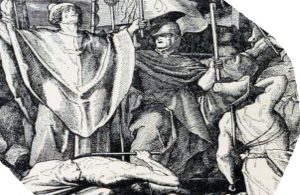 In times of pandemics and social isolation, music performs the function of mood regulation and social cohesion https://www.youtube.com/watch?v=DBY7FnkNI4c&list=PL4E4DB2D5E43F6618. Events in the Milanese plague epidemic of 1576-1578, told by non-medical professionals, provided information on health and socio-cultural reactions to the epidemic, with responses to the plague also related to the practices of making music.
In times of pandemics and social isolation, music performs the function of mood regulation and social cohesion https://www.youtube.com/watch?v=DBY7FnkNI4c&list=PL4E4DB2D5E43F6618. Events in the Milanese plague epidemic of 1576-1578, told by non-medical professionals, provided information on health and socio-cultural reactions to the epidemic, with responses to the plague also related to the practices of making music.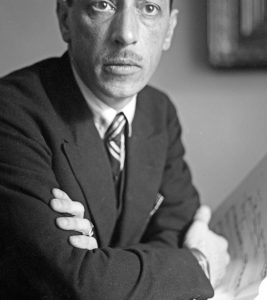
Great events and heartbreaking tragedies always leave their mark. As if they were a kind of sound mirror of reality, the plague epidemics have even changed the history of music. Because of the plague, in fact, the musician Pergolesi invented a musical genre and Haydn the “Missa in tempore belli”, while Strawinskij wrote his extraordinary “Oedipus Rex” https://www.youtube.com/watch?v=eYypSAC9uKA.
 Hiding behind closed doors and scared of those who walk on the streets for a step. However, those who sang from the balconies during the plague or coronavirus epidemics did it to fight fear, a ferocious companion that has accompanied since the 7th century BC. The collective imagination of all people. For fear of contagion, religious meetings prohibited, but the music attracts people who open windows and doors, waiting to go back to singing the Saltarello https://www.youtube.com/watch?v=yzW1P_v6-to.
Hiding behind closed doors and scared of those who walk on the streets for a step. However, those who sang from the balconies during the plague or coronavirus epidemics did it to fight fear, a ferocious companion that has accompanied since the 7th century BC. The collective imagination of all people. For fear of contagion, religious meetings prohibited, but the music attracts people who open windows and doors, waiting to go back to singing the Saltarello https://www.youtube.com/watch?v=yzW1P_v6-to.
 If you want to get to know international music scene, you can type http://meetingbenches.com/category/music/. The property of the images that appear in this blog correspond to their authors. The sole purpose of this site is to spread the knowledge of these artists and that other people enjoy their works.
If you want to get to know international music scene, you can type http://meetingbenches.com/category/music/. The property of the images that appear in this blog correspond to their authors. The sole purpose of this site is to spread the knowledge of these artists and that other people enjoy their works.
 Meeting Benches World art in all forms
Meeting Benches World art in all forms


